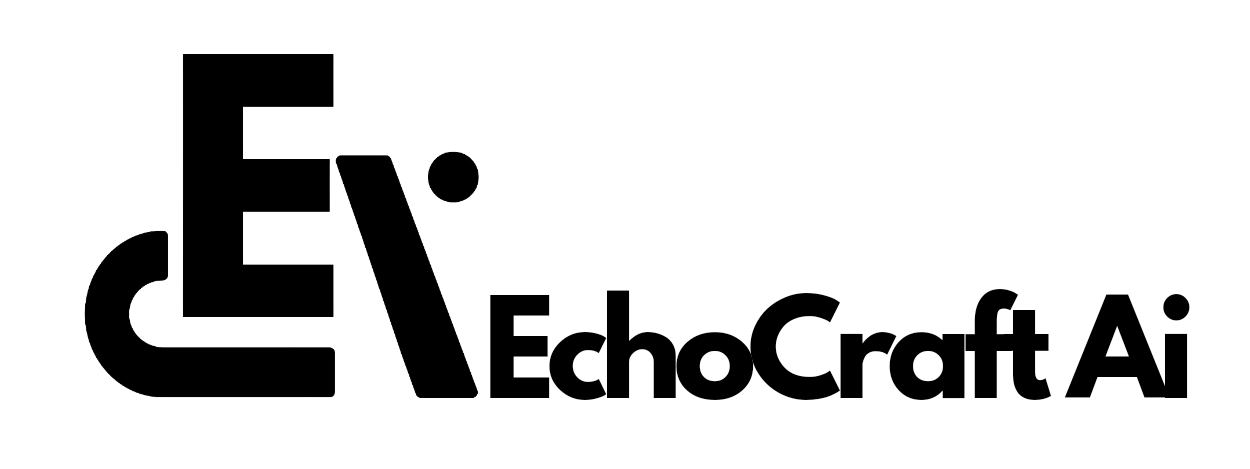Naver, South Korea’s leading internet portal operator, has released its AI Safety Framework.
This proactive initiative underscores Naver’s commitment to safely developing and utilizing AI technologies in an era where such advancements are rapidly evolving.
Naver AI Safety framework not only aims to mitigate severe risks, such as the potential disempowerment of humanity and the misuse of AI, but it also sets a precedent for responsible AI innovation.
By implementing regular and rigorous assessments, Naver seeks to ensure that its AI systems remain safe and beneficial for all users, aligning with both local and global standards.
Naver AI Safety Framework
The AI Safety Framework introduced by Naver is designed with several key objectives in mind, reflecting the company’s dedication to responsible AI development and deployment.
One of the primary goals of the ASF is to identify and manage risks that could lead to the severe disempowerment of the human species.
By addressing potential existential threats, Naver aims to ensure that AI technologies are developed and used in ways that enhance human capabilities rather than undermine them.
The framework is also focused on preventing the misuse of AI technologies. This includes safeguarding against scenarios where AI could be deployed for harmful purposes and ensuring that AI systems are used ethically and responsibly.
To stay ahead of potential threats, the ASF mandates regular risk assessments of Naver’s AI systems.
These evaluations are to be conducted every three months, ensuring that the latest AI technologies, referred to as “frontier AIs,” are continually monitored and assessed for safety.
The framework requires extra evaluations when an AI system’s capacity significantly increases. Specifically, suppose an AI’s capacity grows more than six-fold in a short period.
Employs an AI risk assessment matrix to evaluate the potential for technology misuse. This matrix considers the intended purpose of the AI system and its associated risk level before the technology is distributed, ensuring a thorough vetting process for each AI application.

The ASF is designed to reflect a broad spectrum of cultural values, helping governments and companies develop sovereign AIs that are culturally relevant and respectful.
This objective underscores Naver’s commitment to creating AI models that can safely coexist and be effectively utilized across different regions and cultures.
By focusing on these objectives, Naver’s AI Safety Framework aims to create a robust and comprehensive approach to AI risk management, contributing to the development of a safe, ethical, and sustainable AI ecosystem.
Risk Assessment Matrix
The AI Risk Assessment Matrix is a crucial component of Naver’s AI Safety Framework. It serves to systematically evaluate the potential risks associated with AI technologies, ensuring that their development, deployment, and use are both safe and ethical.
The evaluation criteria include the system’s purpose, which examines the intended use of the AI to ensure it aligns with ethical standards and its risk level, which categorizes the AI’s potential impact and the likelihood of misuse.
This involves considering both direct and indirect consequences of the AI’s deployment.
The matrix addresses multiple risk categories, such as technical risks, which focus on potential technical failures or vulnerabilities that could compromise performance or security.

Ethical risks are also considered, assessing the AI’s potential to cause harm or be used unethically. Societal risks evaluate the broader impact of AI on society, including issues related to privacy, fairness, and human rights.
Before an AI system is distributed, the matrix applies a thorough vetting process. This includes analyzing the system’s design, implementation, and potential applications to identify any areas of concern.
This step ensures that only AI technologies that meet stringent safety and ethical criteria are deployed.
The matrix is designed to be adaptive, allowing for continuous updates and improvements. As new risks emerge and AI technologies evolve, the matrix is refined to incorporate these changes, maintaining its relevance and effectiveness in risk management.
By integrating these comprehensive evaluations, Naver’s AI Risk Assessment Matrix plays a pivotal role in the company’s commitment to responsible AI development, ensuring that all AI systems are safe, ethical, and beneficial for society.
Future Enhancements and Goals
Naver’s AI Safety Framework is not a static initiative but a dynamic, evolving strategy aimed at continually improving AI risk management and ensuring the ethical use of AI technologies. The future enhancements and goals of the ASF include:
Naver is committed to regularly updating and refining the ASF to incorporate the latest advancements in AI technology and emerging insights in AI safety and ethics.
This iterative approach ensures that the framework remains relevant and effective in addressing new challenges and risks.
A key goal for the ASF is to enhance its ability to reflect cultural diversity more effectively. By incorporating a broader range of cultural perspectives, Naver aims to develop AI models that are not only technologically advanced but also culturally sensitive and relevant.
This will help create AI systems that respect and align with the values of different regions and communities. Naver plans to foster greater collaboration with governments, companies, and research institutions worldwide.
By working together, these entities can develop sovereign AI technologies that are safe, ethical, and tailored to the unique needs of different countries and cultures.
Naver’s goal is to contribute to a global AI ecosystem where diverse AI models can coexist and benefit society as a whole. One of the overarching goals of the ASF is to create a sustainable AI ecosystem.
This involves ensuring that AI technologies are developed and used in ways that are environmentally responsible, socially beneficial, and economically viable. Naver aims to lead by example, promoting practices that contribute to the long-term sustainability of AI.
Naver intends to further strengthen its risk assessment capabilities by incorporating more sophisticated tools and methodologies.
This includes leveraging advanced analytics, machine learning, and other AI-driven techniques to enhance the accuracy and comprehensiveness of risk evaluations.

Naver aims to increase public awareness and understanding of AI safety and ethics. By engaging with the broader community, the company hopes to promote informed discussions about the benefits and risks of AI, fostering a more knowledgeable and responsible user base.
Naver will continue to benchmark its ASF against global best practices in AI safety and ethics. By learning from and contributing to international standards, Naver can ensure that its framework remains at the forefront of AI risk management.
Through these future enhancements and goals, Naver’s AI Safety Framework aims to maintain its leadership in responsible AI development, ensuring that AI technologies are safe, ethical, and beneficial for all.
Naver’s AI Safety Framework represents a comprehensive and dynamic approach to managing AI-related risks.
By implementing regular risk assessments, incorporating cultural diversity, and fostering global collaboration, Naver aims to ensure the safe and ethical development of AI technologies.
The framework’s focus on continuous improvement and sustainability underscores Naver’s commitment to creating a responsible AI ecosystem that benefits society while addressing potential risks proactively.


